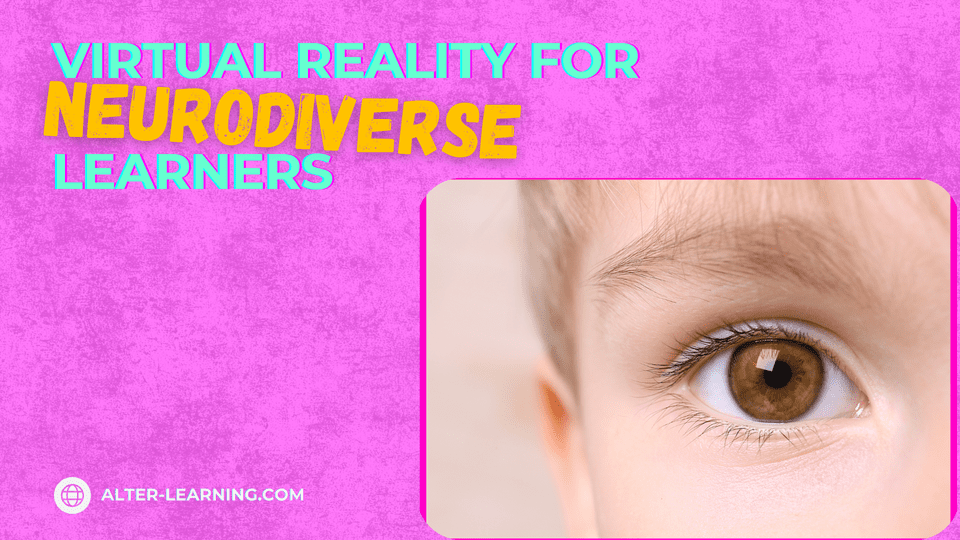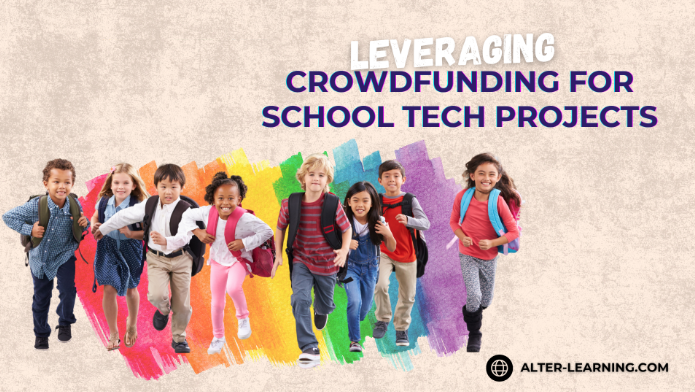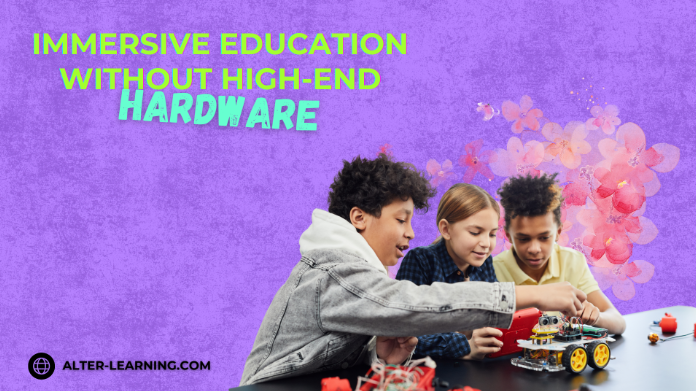Discover how Alter-Learning is using Virtual Reality (VR) to support neurodiverse students through personalized, immersive, and inclusive educational experiences.
Updated by Krista Shepard
A New Era of Neurodiverse Learning with VR
Virtual Reality (VR) is transforming the classroom, especially for students with neurodiverse conditions such as autism, ADHD, dyslexia, and sensory processing conditions.
At Alter-Learning, we utilize virtual reality (VR) to create safe and stimulating environments that empower students with diverse learning profiles. These immersive tools promote academic growth, build executive function, and enhance social skills, bridging gaps in traditional education.
Personalized and Sensory-Friendly Learning
VR makes it possible to tailor instruction to each learner’s strengths and needs:
- Customizable environments support individual learning styles
- Controlled sensory input helps students with sensory processing sensitivities.
- Paced, guided experiences reinforce academic and emotional development
With VR, neurodiverse learners can thrive on their terms, without the overwhelm of a typical classroom.
Key Benefits of VR for Neurodiverse Students
Academic Growth
VR introduces interactive math, science, and language learning, helping students engage with complex concepts through immersive simulations.
Improved Focus
Virtual environments minimize distractions, enabling students with attention challenges to stay engaged and on task.
Executive Function Support
Structured VR tasks help build skills such as organization, planning, and time management, which are key areas of growth for many neurodiverse learners.
Social Skill Development
Through VR role-playing games and simulations, students can practice real-life social interactions, learn to recognize social cues, develop empathy, and improve communication in a safe and controlled setting.
Sensory Integration Therapy
Immersive VR helps students manage sensory overload while developing coping strategies that can be applied in real-world situations.
Challenges and Solutions
While the benefits are clear, successful implementation requires strategic planning:
- Accessibility: Prioritize inclusive features, such as adjustable interfaces and alternative controls, to ensure a seamless user experience.
- Affordability: Seek grants, use budget-friendly hardware, or partner with organizations.
- Teacher Training: Provide professional development to equip educators with the confidence to effectively integrate virtual reality (VR) into their classrooms.
Alter-Learning’s VR Game for Autism Support
One standout example is Alter-Learning ’s game Flores, in development with Dr. Simona Rainis of Italy’s ERSA agency. Flores is designed for children on the autism spectrum. The game promotes executive function and collaborative play, helping students grow both virtual and real-life skills.
The Future of Inclusive Learning is Immersive
Virtual Reality has the power to unlock new dimensions of learning for neurodiverse students. At Alter-Learning, we’re leading this shift—creating inclusive, evidence-based tools that make classrooms more equitable, engaging, and effective for all.
Follow Alter-Learning for more insights into immersive education, edtech success stories, and the future of learning. Want to explore how VR/AR could transform your school or learning platform? Let’s connect.




